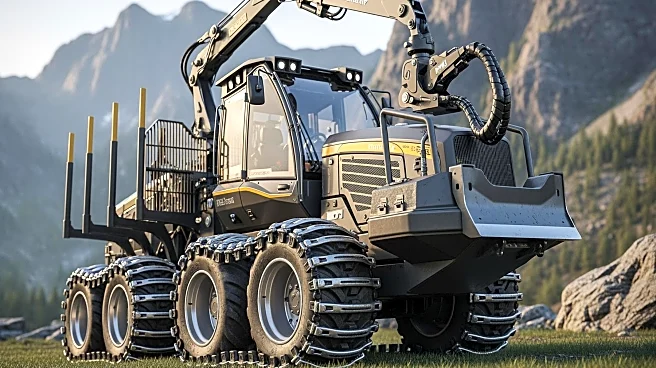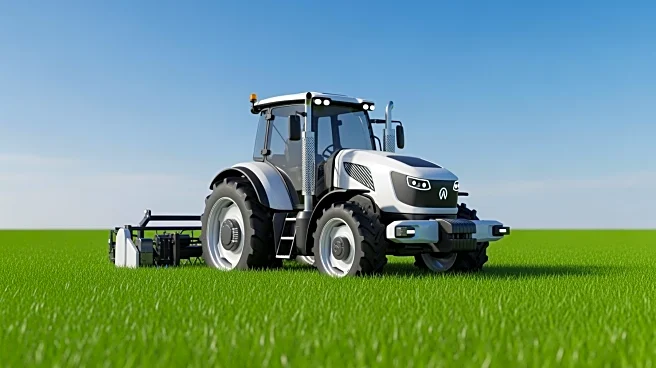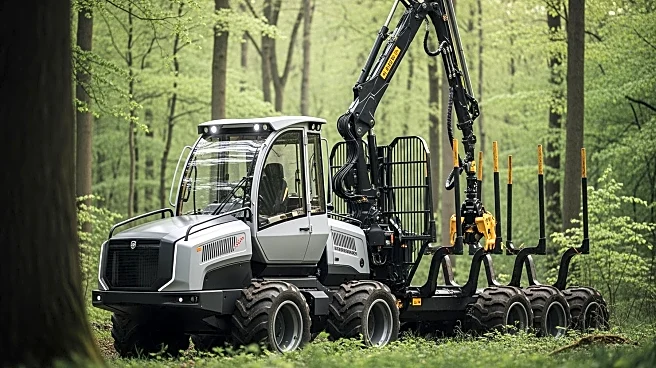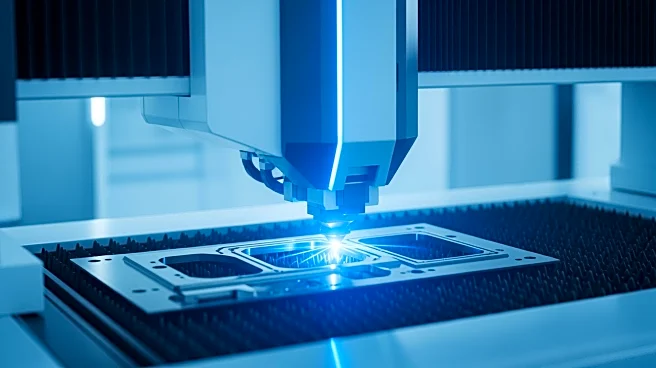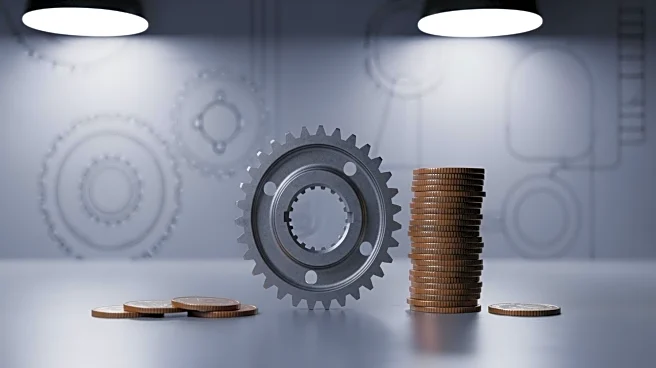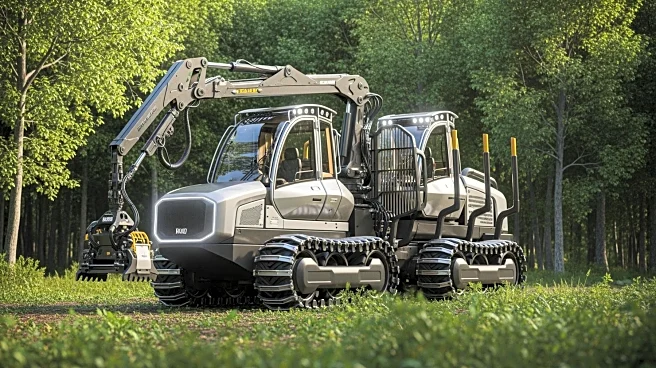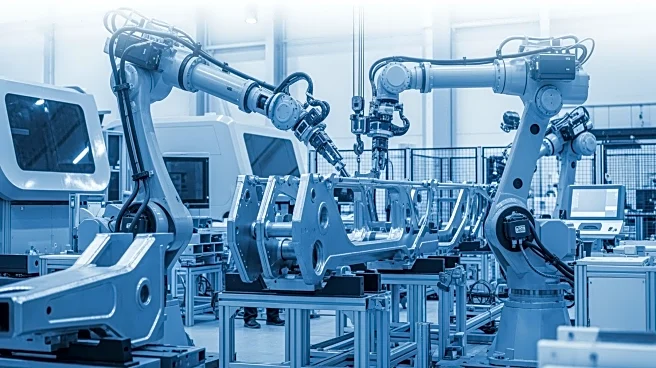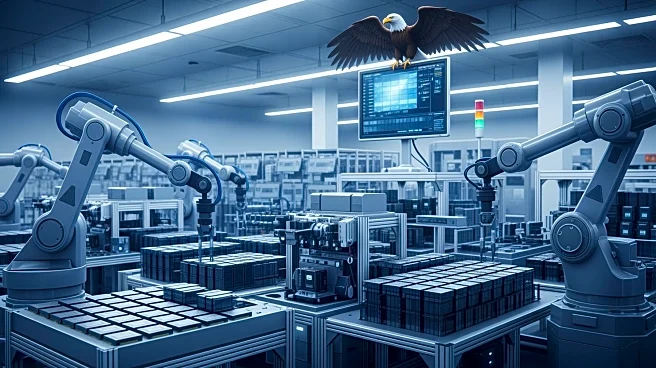What's Happening?
Haas Maschinenbau is showcasing its custom solutions for John Deere forestry machines at the DLG Forest Days event in Germany. The company specializes in adapting these machines for use in difficult terrains
such as steep or wet areas and for long-log harvesting. One of their innovations includes repurposing a John Deere harvester into a traction winch carrier, extending the machine's service life beyond its original purpose. This approach allows the harvester to remain stable on clear-cuts without an anchor tree, adaptable with tracks or bogie bands depending on the ground conditions.
Why It's Important?
The innovations by Haas Maschinenbau are significant for the forestry industry, particularly in regions with challenging terrains. By extending the life and functionality of existing machinery, Haas provides cost-effective solutions that enhance operational efficiency and safety. This is crucial for forestry operations that face increasing demands for sustainable practices and efficient resource management. The ability to adapt machinery for specific environmental conditions can lead to improved productivity and reduced environmental impact, benefiting both the industry and the ecosystems involved.
What's Next?
Haas Maschinenbau's approach may influence other manufacturers to consider similar adaptations for their machinery, potentially leading to broader industry changes. As forestry operations continue to seek sustainable and efficient solutions, the demand for customized machinery adaptations is likely to grow. Stakeholders in the forestry industry, including equipment manufacturers and environmental groups, may engage in discussions about the benefits and potential challenges of such innovations.
Beyond the Headlines
The ethical implications of extending machinery life and adapting it for new purposes include considerations of resource conservation and environmental impact. By reducing the need for new machinery production, Haas Maschinenbau's innovations contribute to sustainability efforts. Additionally, these adaptations may encourage a shift in industry standards towards more versatile and environmentally friendly equipment solutions.
